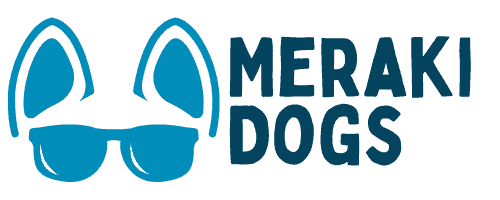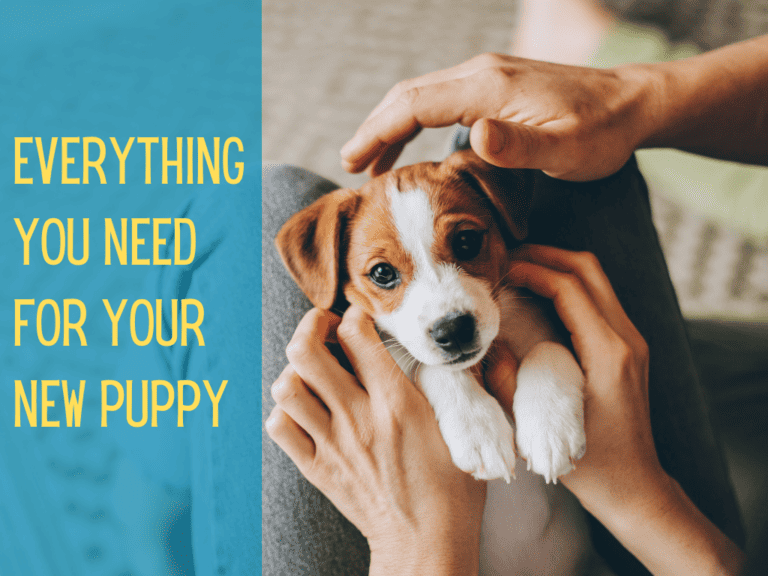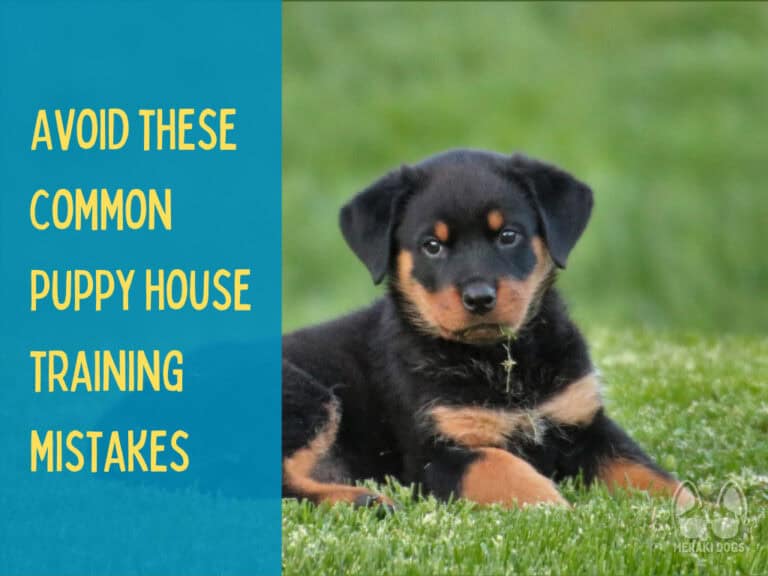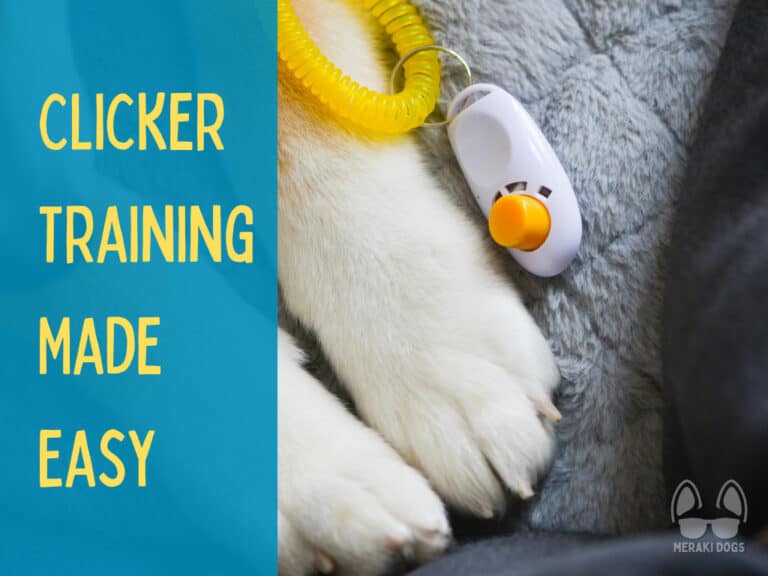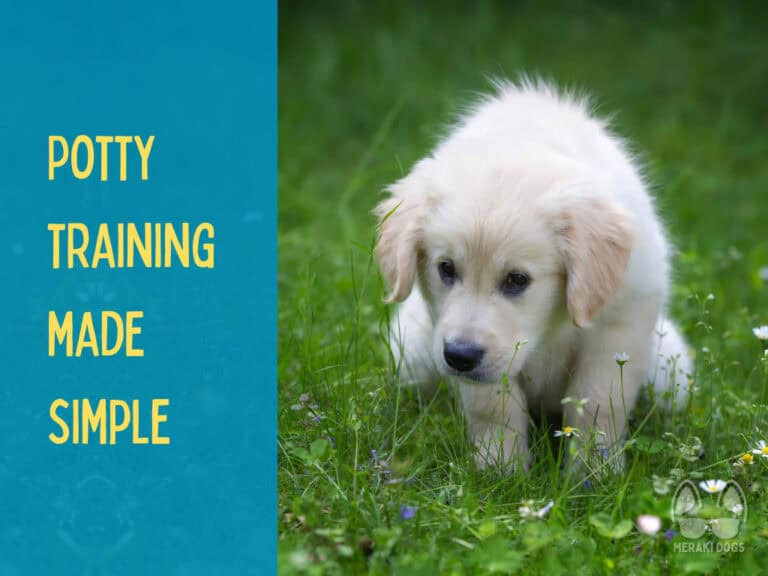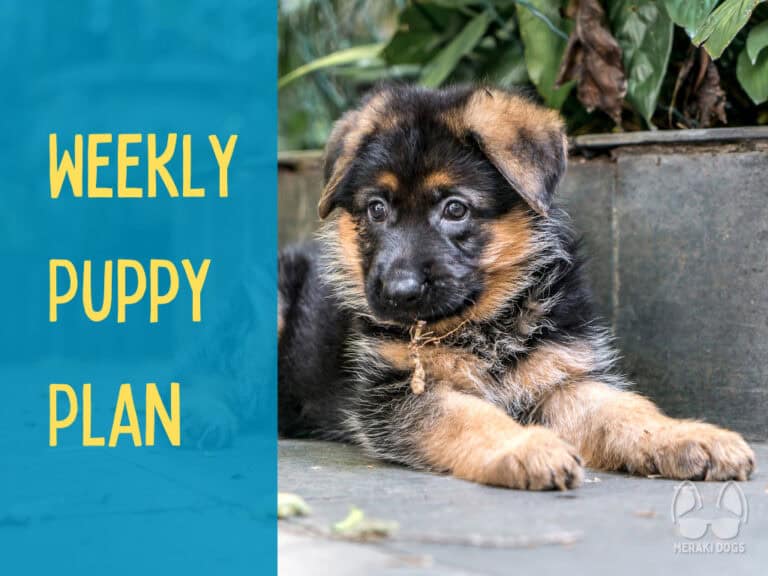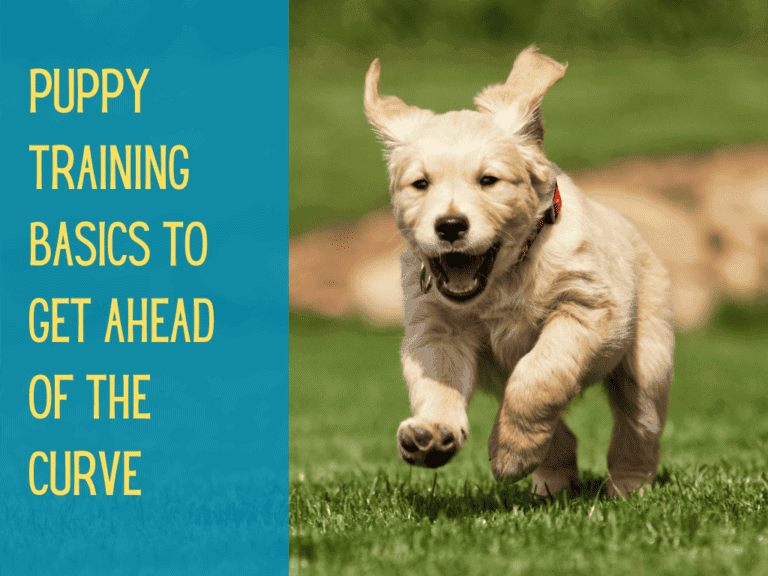Puppy Socialization Checklist: 6 Tips for Success

Meraki Dogs may earn a small commission when you buy through links on this site at no cost to you. See our disclaimer here.
Socializing your puppy is one of the most important things you can do to ensure they grow into a confident, stable adult dog. But here’s where many owners go wrong—socialization doesn’t mean letting everyone pet your puppy or introducing them to every dog you see.
Proper socialization means teaching your puppy to be calm and comfortable in different environments without feeling the need to react to everything. It’s not about forcing interactions—the key is to help them feel safe and engaged with you, rather than the distractions around them.
Using this puppy socialization checklist, you’ll set your pup up for a lifetime of confidence without creating bad habits like over-excitement or reactivity.
Key Takeaways
- Socialization isn’t just exposure—it’s teaching your puppy to feel safe and neutral in new situations.
- Too much forced interaction can backfire, leading to pushy behavior or reactivity.
- The goal is engagement with you—your puppy should learn that you provide rewards, not strangers.
- Early socialization helps to prevent fear, anxiety, and aggression when done correctly.
- Go at your puppy’s pace—comfort is the priority, not just exposure.
Why Puppy Socialization is Important
Many people think socialization means taking their puppy everywhere and letting them interact with as many people and dogs as possible. That’s actually not the right approach. Instead, socialization is about teaching your puppy how to exist in different environments while staying focused on you.
Why does this matter?
- Prevents Fear-Based Aggression and Anxiety – Dogs that are constantly forced into interactions can become overwhelmed, leading to fear-based reactivity.
- Builds Confidence in New Environments – A well-socialized puppy learns that new places are safe, but they don’t need to engage with everything in them.
- Encourages Neutrality Around People and Animals – Instead of lunging toward every dog or expecting attention from every human, a properly socialized puppy remains calm and focused.
- Helps Puppies Adapt to Everyday Situations – Car rides, vet visits, and crowded sidewalks won’t be stressful if your puppy has learned to handle them with confidence.
The goal is to create a neutral, stable dog—not one that is overly social or anxious.

Best Age to Start Socializing a Puppy
The ideal socialization window is between 3 and 16 weeks old. Puppies in this stage are naturally curious and open to new experiences, making it the perfect time to shape their perception of the world.
Why Early Socialization Matters
If puppies don’t have positive experiences with new sights, sounds, and environments during this critical period, they may grow up fearful or reactive toward unfamiliar things.
But again—socialization is about comfort, not chaos. Overloading your puppy with too many experiences too fast can cause stress, which defeats the purpose.
Can Older Dogs Be Socialized?
Yes, but it’s harder. Older dogs can still learn to be comfortable in new situations, but they may already have fears or anxieties that take more time to overcome.
Now, let’s go through the puppy socialization checklist the right way.

Essential Puppy Socialization Checklist
A proper socialization plan focuses on gradual exposure and positive experiences—not just letting everyone pet your puppy.
Meeting Different People (Without Overdoing It)
Your puppy should see different types of people, but they don’t need to meet all of them. Instead, they should learn that people exist, but aren’t always engaging with them.
Introduce your puppy to:
- Men and women of different ages and appearances
- Children of all ages (but not ones that will overwhelm them)
- People in uniforms (police officers, delivery workers, vets)
- People with hats, sunglasses, umbrellas, or masks
👉 How to do it right: Let your puppy observe at a comfortable distance and reward them with treats and praise. Do not let strangers overwhelm them with attention. If you allow someone to interact with your puppy, ensure they know how to properly interact.

Interacting with Other Animals (The Right Way)
Puppies don’t need to play with every dog they meet. Instead, they should learn how to exist calmly around other animals without reacting.
- Friendly, vaccinated dogs (puppy classes or trusted playmates)
- Cats (supervised introductions with dog-friendly cats)
- Other small pets (rabbits, birds, etc., through a barrier)
👉 How to do it right: If your puppy seems confident, allow short, controlled interactions. If they’re nervous, let them observe and reward them for turning to focus on you.

Experiencing New Environments
Instead of rushing your puppy into busy places, start small and increase exposure gradually.
- Parks and quiet nature trails before busy city streets
- Sidewalks before a crowded farmer’s market
- Short car rides before long trips
- Dog-friendly stores and cafes where they can practice calm behavior
👉 How to do it right: Let your puppy watch from a safe distance before moving closer. Keep sessions short and fun.

Exposure to Sounds & Objects
Dogs that aren’t introduced to certain noises early can develop fear-based reactions.
- Household noises (vacuum cleaners, doorbells, blenders)
- Loud sounds (fireworks, sirens—played at low volume first)
- Unusual objects (skateboards, bicycles, shopping carts)
👉 How to do it right: Start with low intensity and give them rewards to build a positive association with the noise.

Handling and Grooming
Your puppy needs to learn that being touched is normal—not scary.
- Paw handling (to prepare for nail trims)
- Brushing, bathing, and grooming
- Wearing a collar and harness
👉 How to do it right: Touch your puppy and reward them for calm behavior. If they squirm, slow down and use treats to build positive associations.

Basic Training & Commands
A well-socialized puppy knows how to focus on their owner, even with distractions. As your puppy learns basic obedience skills, begin to slowly (and patiently) incorporate it with their socialization regimen.
- Sit, stay, come, leave it
- Walking calmly on a leash
- Crate training for a safe space
👉 How to do it right: Teach engagement first—reward your puppy for checking in with you instead of fixating on their surroundings.
Tips for a Positive Socialization Experience
- You are the only one to reward—teach your puppy to focus on you instead of other people.
- Let your puppy observe first—don’t force interactions. Advocate for your puppy.
- Keep socialization sessions short—overexposure can overwhelm them. Be sure to end a session before that happens.
- Always end on a positive note—quit while they’re still happy and confident.
FAQs
Should I let everyone pet my puppy?
No! Your puppy should learn to exist around people without expecting attention.
What if my puppy is scared?
Go slow, increase distance, and reward calm behavior. Never force interactions.
Can I socialize my puppy before they’re fully vaccinated?
Yes! Carry them, walk them in doggy strollers, introduce household sounds, and invite visitors.
How do I prevent my puppy from becoming reactive?
Teach them to focus on you, not the environment. Over-social puppies often become reactive later.
What if I missed the socialization window?
It’s never too late! Use slow exposure and rewards to build confidence.
Conclusion
Proper socialization isn’t about meeting every person or playing with every dog—it’s about teaching your puppy to be comfortable and neutral in different environments.
By following this puppy socialization checklist, you’ll raise a dog that’s confident, stable, and focused on you—not one that’s overly social or reactive.
Start today—your future well-behaved dog will thank you!
